Tertiary colors (in the RGB model) Color Theory. Tertiary colors open up a new dimension of color theory. They provide access to a wider range of colors, expanding your palette. Color theory is the reasoning we can use to talk about color and create guidelines for using it effectively.. A RYB color wheel with tertiary colors described under the modern definition. RYB is a subtractive mixing color model, used to estimate the mixing of pigments (e.g. paint) in traditional color theory, with primary colors red, yellow, and blue. The secondary colors are green, purple, and orange as demonstrated here: red.

What Are Tertiary Colors and How Do You Make Them? Color Meanings

Pin by Le Small8 on tertiary colors Color theory, Tertiary color, Color mixing guide
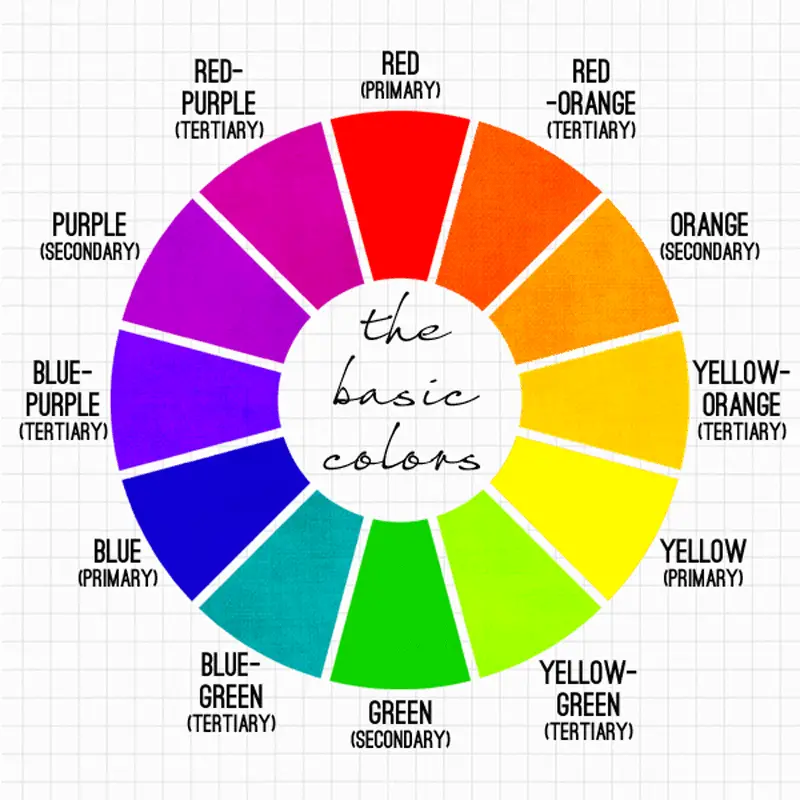
Elements of Art Color Basic Theory Every Artist Should Know
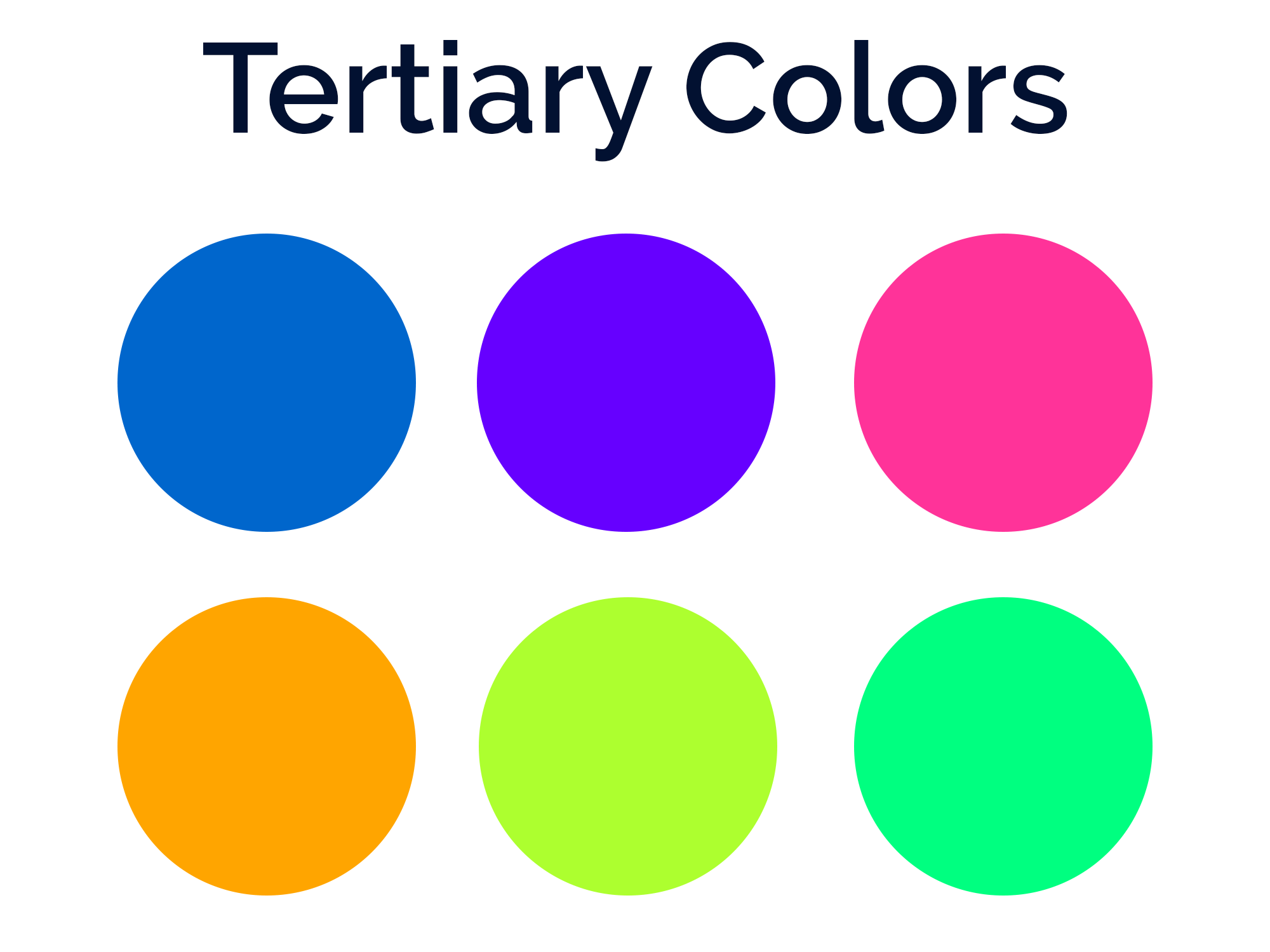
What Are Tertiary Colors? Definition, Examples, & More! (2022) • Colors Explained

Tertiary Colors The Key to Adding Interest
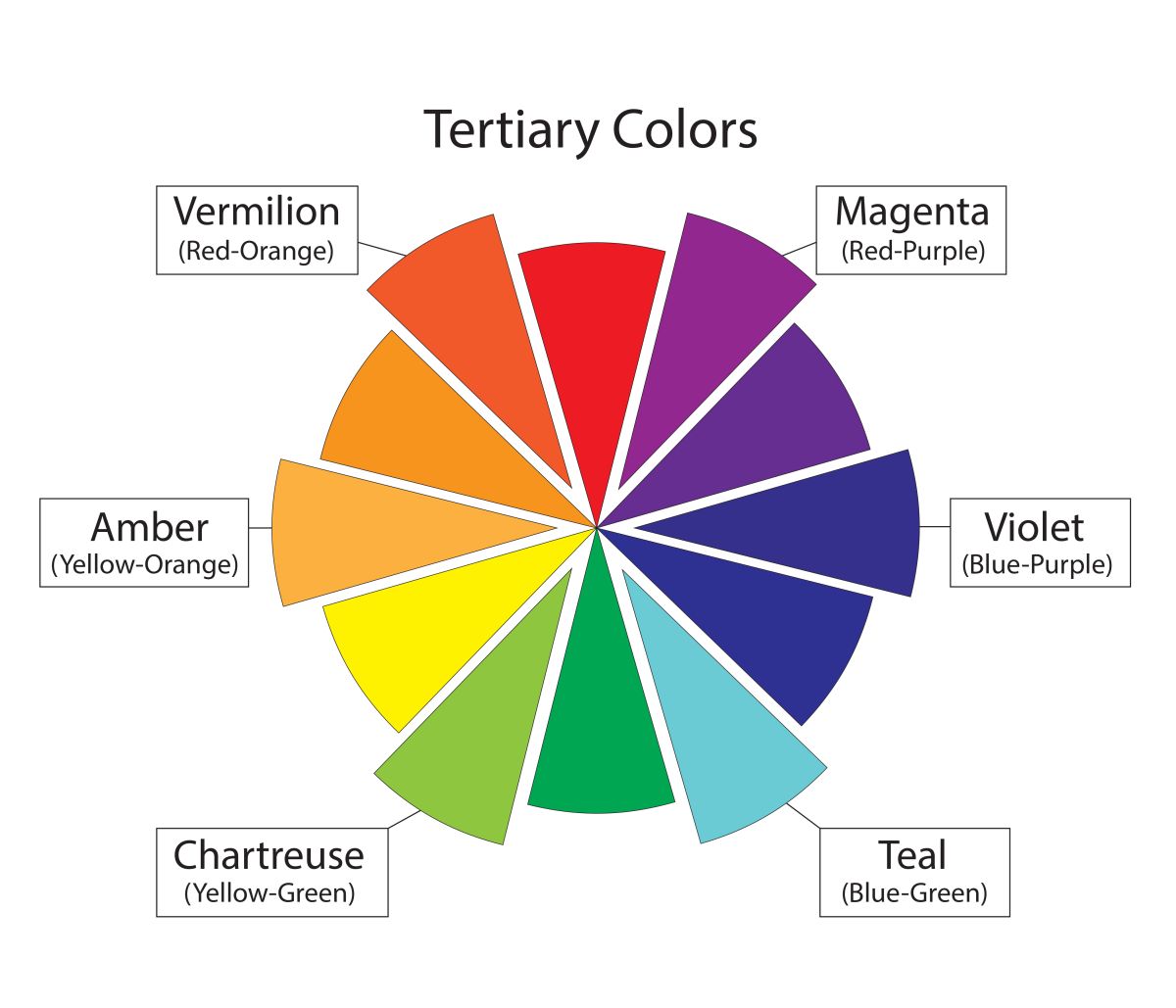
Color Theory and How to Use Color to Your Advantage
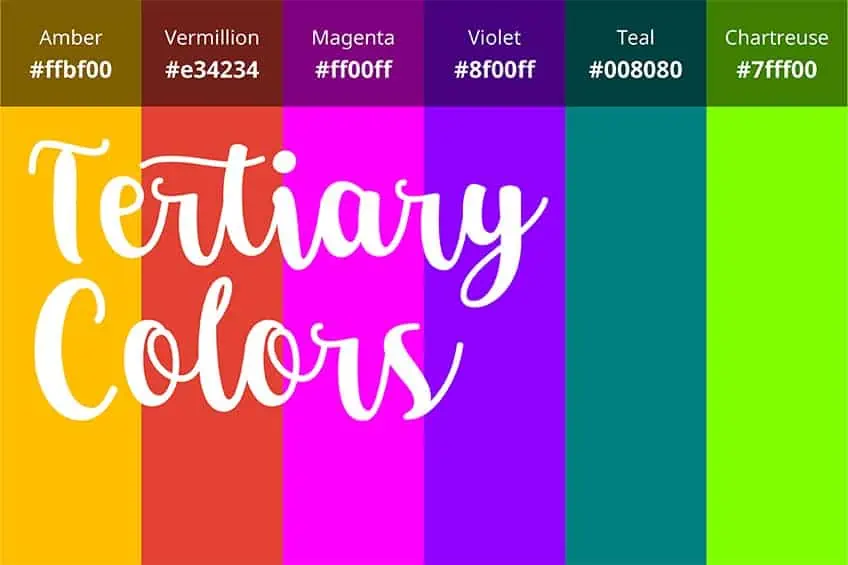
Tertiary Color Meaning Everything You Need to Know About Tertiary Colors!

How Tertiary Colors Are Formed in Color Theory Graphic Design Infographic in 2021 Graphic
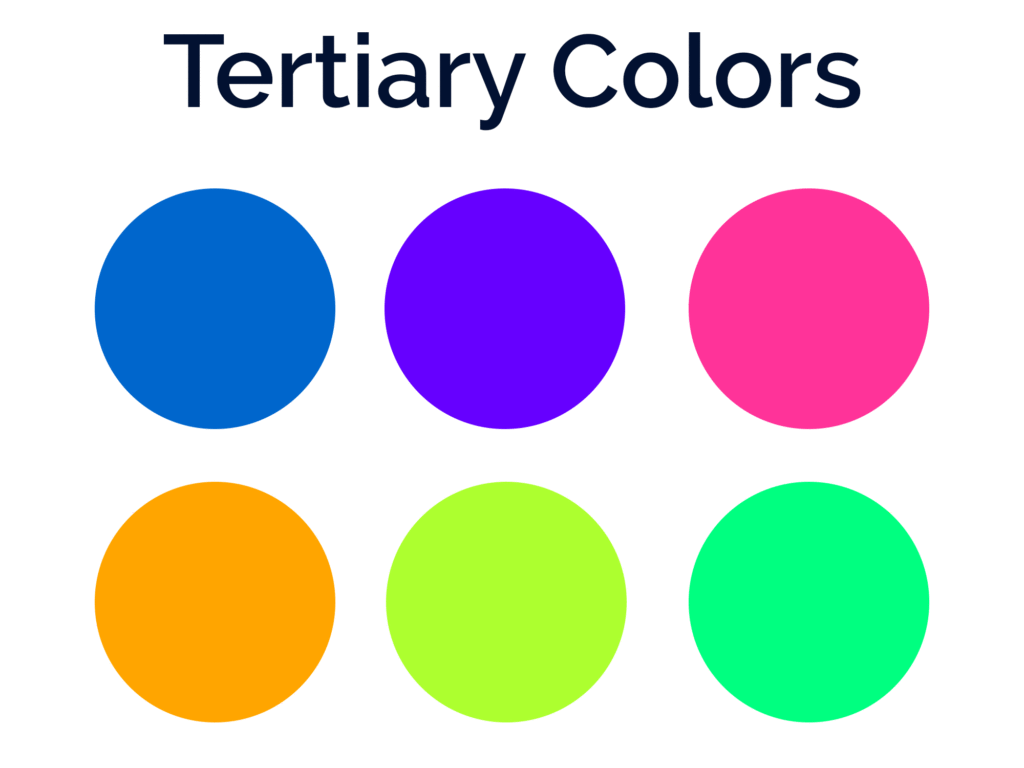
What Are Tertiary Colors? Definition, Examples, & More! (2022) • Colors Explained

Decoding Artistry What Really are Tertiary Colors? Proactive Creative Guides for Visual Artists

What Are Primary, Secondary and Tertiary Colors? Color Meanings

Art Definitions Teresa Bernard Oil Paintings

Primary, secondary and tertiary colours mapped on a CMYK colour wheel. The primaries are cyan

Understanding The Color Wheel A Complete Guide

Introduction to tertiary colors, tints and shades YouTube

Color Theory Introduction to Color Theory and the Color Wheel The Paper Blog

VIDEO Color Tertiary Color Chart Colorful art projects, Tertiary color, Art lessons for kids

Color Terms for Art and Design 1
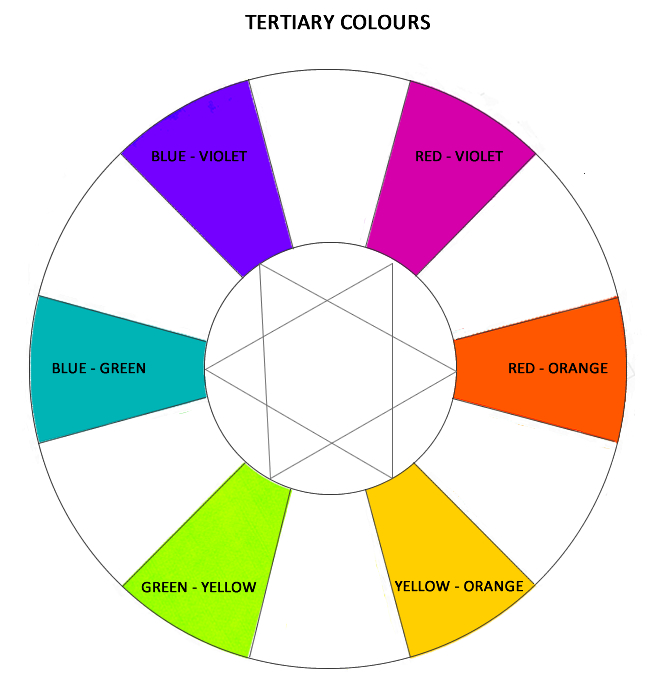
Colour Theory Basic information about colour
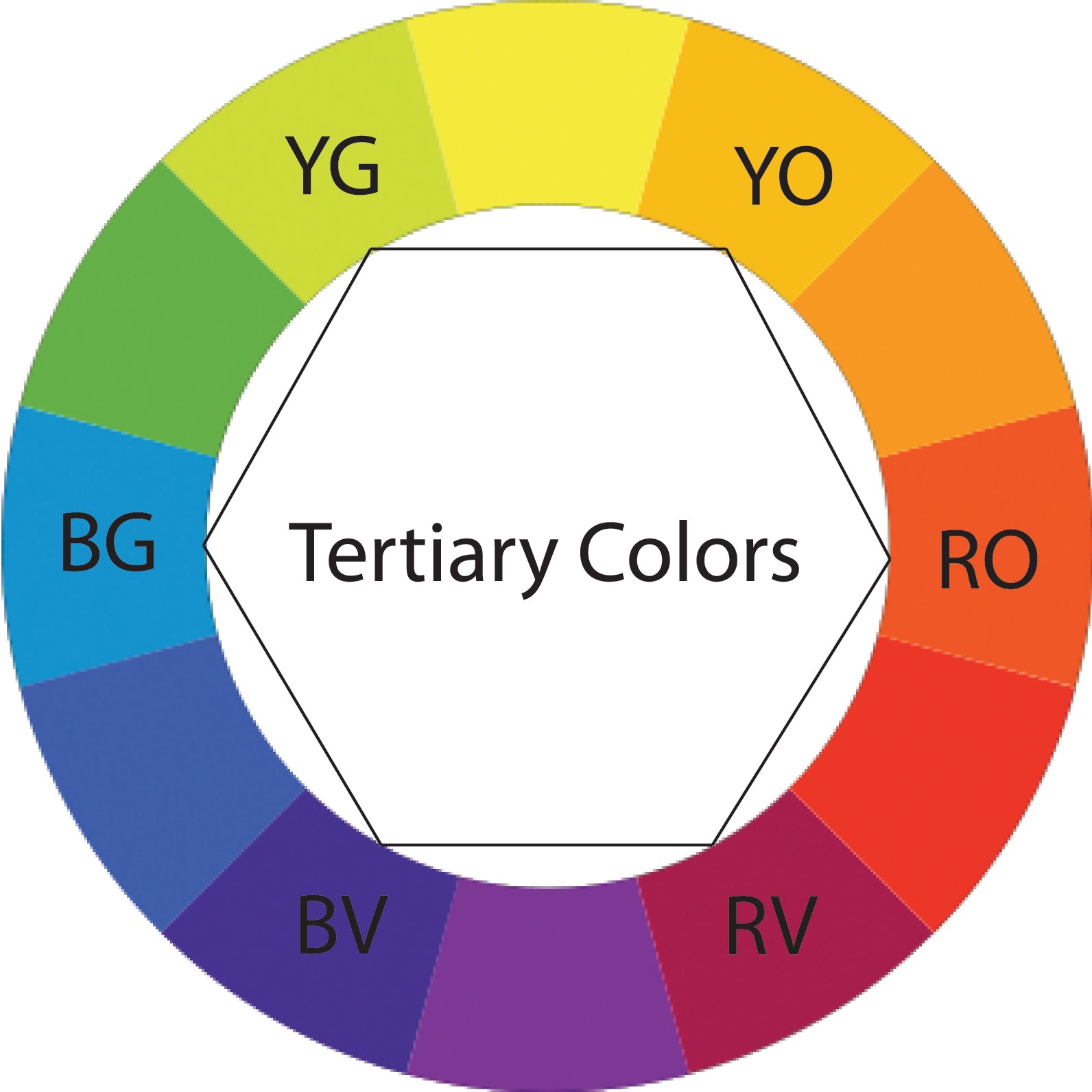
DIgenY Design Basics Color Theory
Tertiary colors: The combination of primary and secondary colors is known as tertiary or intermediate colors, due to their compound nature. Blue-green, blue-violet, red-orange, red-violet, yellow-orange, and yellow-green are color combinations you can make from color mixing. On a color wheel, tertiary colors are between primary and secondary.. It's understood in the art world that tertiary colors are sometimes given creative names for artistic reasons: teal, chartreuse, vermilion, magenta, violet, and amber. These names do not alter the fact that a true tertiary color is derived from combining equal parts of one primary and one secondary color. In the RGB world, the tertiary colors.